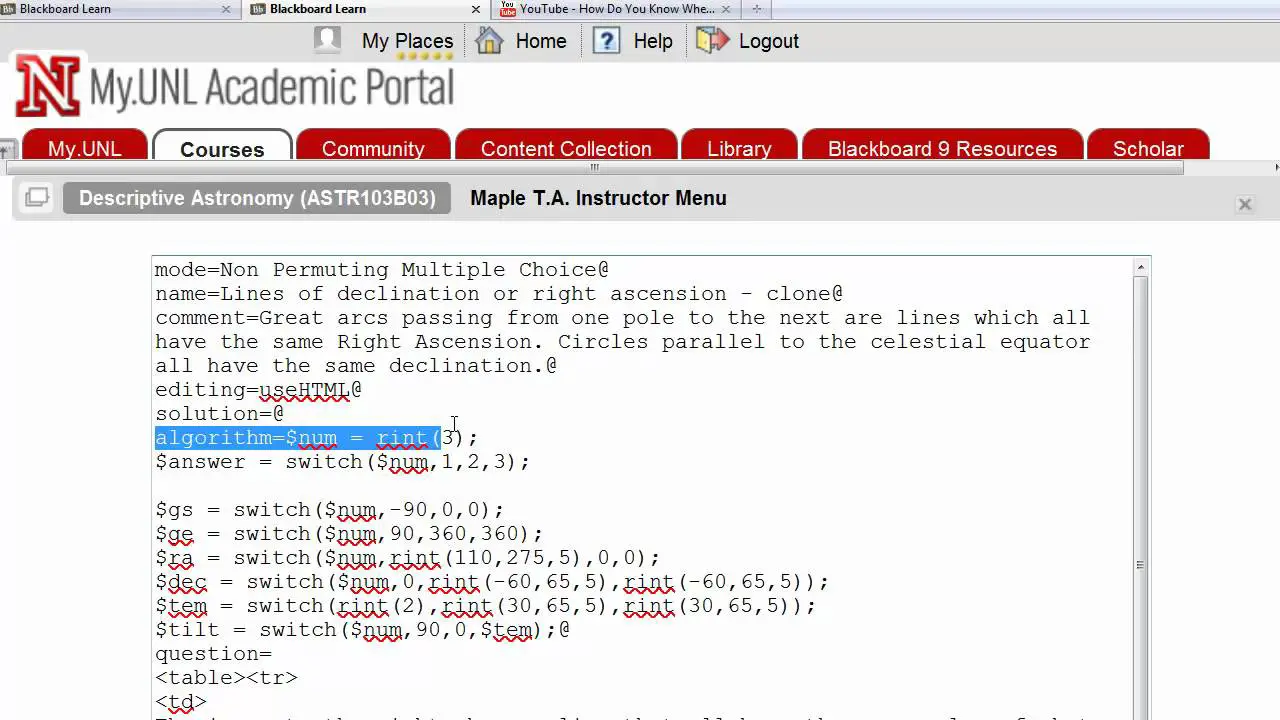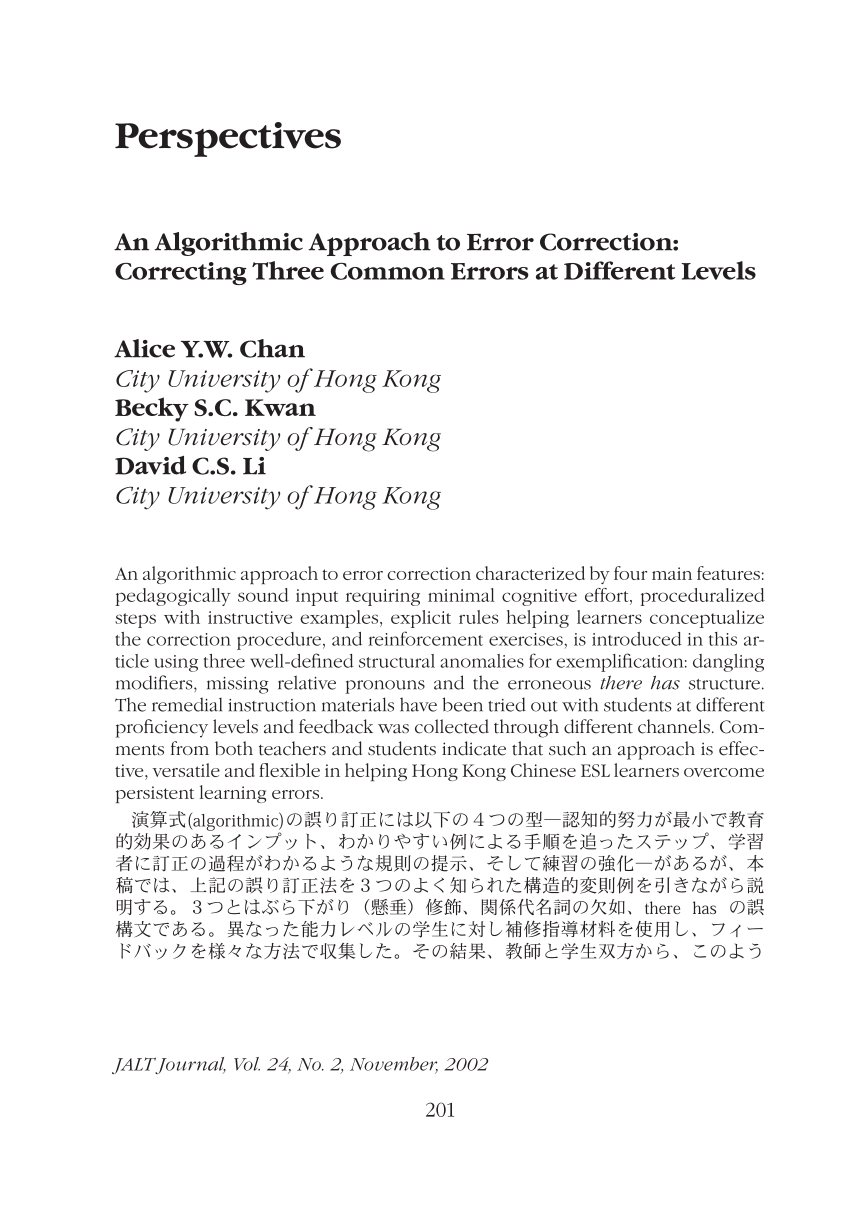Algorithmic Errors: Finding and Fixing Logic Flaws

Executive Summary

Algorithmic errors are a common problem in software development, and they can have serious consequences. This article provides a comprehensive guide to finding and fixing algorithmic errors, with a focus on the following five subtopics:

- Algorithm Analysis: Analyzing an algorithm’s runtime, memory usage, and correctness to identify potential issues.
- Algorithm Debugging: Using debugging techniques to step through an algorithm’s execution and identify the source of an error.
- Data Validation: Checking the validity and consistency of input data to ensure that the algorithm operates correctly.
- Exception Handling: Anticipating and handling exceptions that may occur during algorithm execution to prevent errors from crashing the program.
- Unit Testing: Writing tests to verify the correctness of individual algorithm functions and components.
By following the recommendations in this article, software developers can effectively identify and resolve algorithmic errors, improving the reliability and accuracy of their software.
Introduction
As software systems become increasingly complex, the algorithms that drive them play a critical role in determining their performance, accuracy, and overall quality. However, algorithmic errors are a common problem that can lead to unexpected behavior, incorrect results, or even program crashes.
This article provides a comprehensive guide to finding and fixing algorithmic errors, covering the following key aspects:
FAQ
1. What is an algorithmic error?
- A logic flaw in an algorithm that causes it to produce incorrect results or unexpected behavior.
2. Why are algorithmic errors a problem?
- Algorithmic errors can compromise software reliability, accuracy, and performance, potentially leading to incorrect decision-making, financial losses, or even safety risks.
3. How can I prevent algorithmic errors?
- Implementing best practices such as algorithm analysis, unit testing, data validation, and exception handling can significantly reduce the risk of algorithmic errors.
Algorithm Analysis
Algorithm analysis is the process of examining an algorithm’s runtime, memory usage, and correctness to identify potential issues.
- Runtime Analysis: Estimates the amount of time the algorithm will take to execute as a function of the input size.
- Memory Analysis: Determines the amount of memory the algorithm will require during execution to ensure it operates within available memory constraints.
- Correctness Analysis: Checks whether the algorithm meets its intended specifications and produces the expected output for all valid inputs.
Algorithm Debugging
Algorithm debugging involves stepping through the execution of an algorithm line by line to identify the source of an error.
- Step-by-Step Execution: Use a debugger to execute the algorithm one line at a time, examining the values of variables and the flow of execution.
- Breakpoints and Watchpoints: Set breakpoints and watchpoints to pause execution at specific points or monitor the values of variables to identify the point where the error occurs.
- Error Logging: Log error messages or stack traces to provide additional information about the source and nature of the error.
Data Validation
Data validation ensures that the input data used by an algorithm is valid and consistent.
- Input Validation: Verify the format, range, and type of input data to ensure it meets the algorithm’s expectations.
- Data Cleaning: Remove or correct incorrect or inconsistent data to prevent it from affecting the algorithm’s results.
- Exception Handling: Anticipate and handle invalid input data gracefully to prevent errors from crashing the program.
Exception Handling
Exception handling anticipates and handles exceptions that may occur during an algorithm’s execution.
- Exception Anticipation: Identify situations that may cause exceptions, such as null references, out-of-bounds errors, or divide-by-zero operations.
- Exception Handling Mechanisms: Use exception handling mechanisms such as try-catch blocks to intercept exceptions and perform specific actions to recover or handle the error gracefully.
- Logging and Reporting: Log exceptions and their associated information to facilitate debugging and analysis.
Unit Testing
Unit testing involves writing code to test individual functions or components of an algorithm.
- Test Cases: Create test cases that cover various scenarios and edge cases to ensure the correctness of the algorithm.
- Test Assertions: Use test assertions to verify that the actual output of the algorithm matches the expected output under different test conditions.
- Coverage Analysis: Use coverage analysis tools to measure the percentage of code that is executed during testing to identify areas that need additional tests.
Conclusion
Algorithmic errors can have serious consequences for software systems, but by implementing best practices such as algorithm analysis, debugging, data validation, exception handling, and unit testing, software developers can effectively identify and resolve these errors. By following the recommendations outlined in this article, developers can significantly improve the reliability, accuracy, and quality of their software.
Keywords
- Algorithmic Errors
- Algorithm Analysis
- Algorithm Debugging
- Data Validation
- Exception Handling


